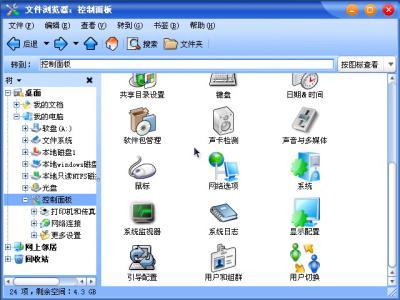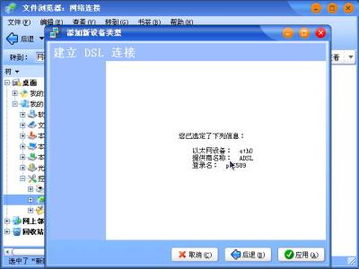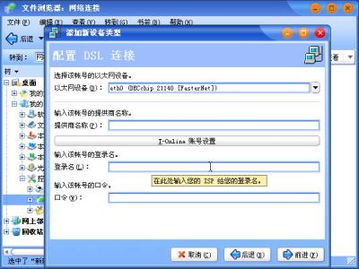Create Soft Link in Linux: A Detailed Guide for You
Creating a soft link, also known as a symbolic link, in Linux is a fundamental task that can greatly simplify file management. In this guide, I will walk you through the process of creating a soft link, explaining what it is, why you might want to use it, and how to do it step by step.
What is a Soft Link?

A soft link, or symbolic link, is a type of file that contains a reference to another file or directory. When you access a soft link, you are actually accessing the target file or directory that it points to. Soft links are useful for several reasons:
-
They allow you to access files or directories from different locations without having to move them.
-
They can help you organize your files and directories in a more logical way.
-
They can be used to create shortcuts to files or directories that are located in different directories.
Why Use Soft Links?

There are several scenarios where using a soft link can be beneficial:
-
When you want to access a file or directory from multiple locations without duplicating it.
-
When you want to create a backup of a file or directory without copying it.
-
When you want to link to a file or directory that is located in a different directory.
Creating a Soft Link

Creating a soft link in Linux is a straightforward process. You can use the ln command to create a soft link. Here’s how to do it:
-
Open your terminal.
-
Use the
lncommand followed by the path to the target file or directory and the path to the new soft link.
Here’s an example:
ln /path/to/target /path/to/soft/linkThis command will create a soft link named /path/to/soft/link that points to the file or directory located at /path/to/target.
Understanding the ln Command Options
The ln command has several options that you can use to customize the behavior of the command. Here are some of the most commonly used options:
| Option | Description |
|---|---|
-s |
Creates a symbolic link instead of a hard link. |
-f |
Overwrites the existing link if it exists. |
-v |
Displays the name of each created link. |
-n |
Prevents the creation of a directory or a file with the same name as the target. |
Here’s an example of using the -s option to create a symbolic link:
ln -s /path/to/target /path/to/soft/linkDeleting a Soft Link
When you’re done with a soft link, you can delete it using the rm command. Here’s how to do it:
-
Open your terminal.
-
Use the
rmcommand followed by the path to the soft link.
Here’s an example:
rm /path/to/soft/linkConclusion
Creating a soft link in Linux is a simple and powerful way to manage your files and directories. By following the steps outlined in this guide, you should now be able to create and manage soft links with ease. Remember that soft links are just references to other files or directories, so any changes made to the target file or
















